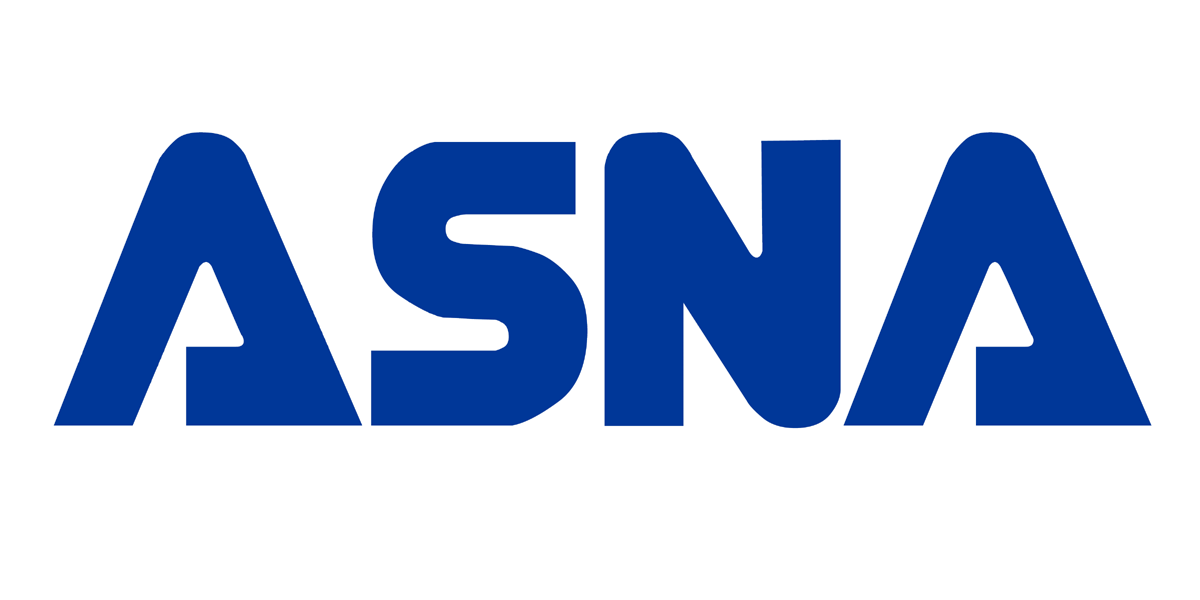For years now, the YMCAs in Milwaukee, Wisconsin, have run on an iSeries box. Like several other YMCA groups around the country, they use a backoffice iSeries package call Y-Metro. The Milwaukee Y is strongly committed to the iSeries platform--but that doesn't mean the platform doesn't occasionally throw the Y for a loop.
David Fritzke, the Y's IT manager, explains, "As a service organization with many members, it's important for us to quickly authorize a member to our facility and its resources. We have members coming and going all day long in 18 locations, and as much as we'd like to personally know every member, that just can't happen. What we needed was a system with a modern user interface that's able to quickly scan ID cards and show pictures we could use for member authorization. And we needed that system to integrate effectively with Y-Metro, our back-end iSeries package."
To solve this problem, Fritzke turned to Jeff Cubinski, president of JTS Technology, for help. JTS Technology specializes in integrating iSeries platforms with Windows and browser-based interfaces using ASNA's Visual RPG for .NET (AVR for .NET). With AVR for .NET, Cubinski and his team at JTS created a Windows-based member authorization system called Y-Access for the Milwaukee YMCAs.
AVR for .NET to the Rescue
The need to create membership cards for facility access is, obviously, an old one for the YMCA. The previous solution was a Windows PC running a proprietary Windows app that worked against a Microsoft Access database. The major problem with that application was that it wasn't connected in any way to the Milwaukee Y's backoffice iSeries server. Keeping the old system working required substantial duplication of effort to keep the iSeries Y-Metro application's database synchronized with the proprietary Access-based system. Beyond the synchronization efforts this old system required, its standalone use also ruled out any effective way to network member card creation across all 18 YMCAs in the Milwaukee area.
When presented with the problem of replacing this aging, standalone system with a new, integrated system, Cubinski knew it was a job perfectly matched for ASNA's then-new AVR for .NET, for which he was a member of the beta-testing team. After writing a spec and testing a few of his initial concepts with AVR for .NET, Cubinski presented his plan to Fritzke and his management team at the Y. They quickly gave Cubinski the go-ahead.
Says Cubinski, "Initially, I was a little apprehensive about using AVR for .NET for this project. The deployment for the project coincided nearly exactly with what ASNA had promised as the release date for AVR for .NET. I wasn't sure that the product would be mature enough for such a project. I was also a little apprehensive about the learning curve that .NET itself presented. I am a long-time user of ASNA's COM-based Visual RPG 4.0, but, except for a little dabbling with VB.NET, I was a .NET newcomer."
The Right Time, the Right Place
Independent of the Y project, Cubinski, because of his previous Visual RPG experience, was a member of the AVR for .NET beta program. Cubinski first put his hands on AVR for .NET in early March of 2003.
While a huge proponent of AVR for .NET now, Cubinski always keeps reality in view. "Let's be clear: Early versions of the AVR for .NET beta were a bit patience-trying. But ASNA kept up with the beta team's reports and had an aggressive cycle of providing updated builds. Even with early frustrations, the substantial architectural improvements offered by the .NET platform kept us motivated."
AVR for .NET is an RPG compiler that "snaps" directly into Microsoft's Visual Studio.NET. Using RPG, AVR for .NET creates 100%-verifiable Microsoft .NET assemblies. Using familiar RPG operations and a record-level file IO model, AVR for .NET connects to the iSeries through ASNA's DataGate for iSeries host server. DataGate provides both fast read/write record level access and the ability to call any OS/400 program object (using the familiar CALL/PARM interface).
One of the important things that distinguishes AVR for .NET from ASNA's previous Visual RPG 4.0 (for COM) is that AVR for .NET provides a fully-objected RPG. This puts all of the hallmarks of OO fully within reach of the RPG programmer.
Cubinski explains, "I quickly learned that AVR for .NET's ability to build a class-based solution, with its RPG focus and effective iSeries connection, would provide a better solution in the long-term than anything else available. I also suspected that the initial Y-Access project would grow beyond the bounds of being hosted in Windows apps. I wanted a solution that would easily let me add browser/Internet-based components and let me reuse the work I'd done building the Windows version of the application."
While participating in the AVR for .NET beta program, Cubinski quickly became the most active beta member in the program. He not only asked the most questions, but he also frequently shared his knowledge with other beta team members. Cubinski's work on the Y-Access project began in earnest in early June. "We were shooting for an early fall 2003 deployment. By June, I had learned a lot on my own and had also attended ASNA's five-day intermediate AVR for .NET class, so I was ready to code!" AVR for .NET was in the right placed at the right time for Cubinski and the Milwaukee YMCAs.
Out with the Old
Work continued on the Y-Access project through the summer. As the project came to life, Cubinski's decision to use AVR for .NET was paying off. The project was coming together more quickly, and with more reusable parts, than it would have with a COM-based product.
Y-Access went into beta in September and is currently being deployed in Milwaukee YMCAs. The Y's Fritzke says, "We are very excited. Jeff Cubinski and his team built an application, Y-Access, for us that uses either high-end digital cameras or a lower-end Web cam (depending on the local Y's budget) to create a member's photo ID card. And it's tightly integrated with our iSeries--no more duplication of efforts keeping the databases synchronized. To verify membership now, we scan the card to authorize the account and are able to physically look at the card to ensure the presenter's identity. Y-Access has cut the time of signing up a member from 20 minutes to less than half that. Beyond that time savings offered, Y-Access also provides us with a more secure way (thanks to its ability to display photographs that, by the way, are stored on our iSeries) to verify the identity of the card presenter. This gives us peace of mind, knowing we're authorizing the right person to our facilities."
Up and Coming
With the first phase complete, what's next for Cubinski and his team with Y-Access? "The possible ways that AVR for .NET lets us solve problems is nearly boundless. We've recently used AVR for .NET to build a prototype Web service that can authorize users across the Internet. This would let any YMCA anywhere verify membership with nothing but a browser! We here at JTS are .NET believers and AVR for .NET fanatics!
Roger Pence is ASNA's education director. Prior to joining ASNA three years ago, Roger worked for many years as a journalist, speaker, and technical editor in the AS/400 community.

ASNA
14855 Blanco Road, Suite 300
San Antonio, TX 78216
U.S.A. 800-289-2762
Europe +44 (0) 1483 570666
Email:
Web: www.asna.com












 Business users want new applications now. Market and regulatory pressures require faster application updates and delivery into production. Your IBM i developers may be approaching retirement, and you see no sure way to fill their positions with experienced developers. In addition, you may be caught between maintaining your existing applications and the uncertainty of moving to something new.
Business users want new applications now. Market and regulatory pressures require faster application updates and delivery into production. Your IBM i developers may be approaching retirement, and you see no sure way to fill their positions with experienced developers. In addition, you may be caught between maintaining your existing applications and the uncertainty of moving to something new. IT managers hoping to find new IBM i talent are discovering that the pool of experienced RPG programmers and operators or administrators with intimate knowledge of the operating system and the applications that run on it is small. This begs the question: How will you manage the platform that supports such a big part of your business? This guide offers strategies and software suggestions to help you plan IT staffing and resources and smooth the transition after your AS/400 talent retires. Read on to learn:
IT managers hoping to find new IBM i talent are discovering that the pool of experienced RPG programmers and operators or administrators with intimate knowledge of the operating system and the applications that run on it is small. This begs the question: How will you manage the platform that supports such a big part of your business? This guide offers strategies and software suggestions to help you plan IT staffing and resources and smooth the transition after your AS/400 talent retires. Read on to learn:
LATEST COMMENTS
MC Press Online